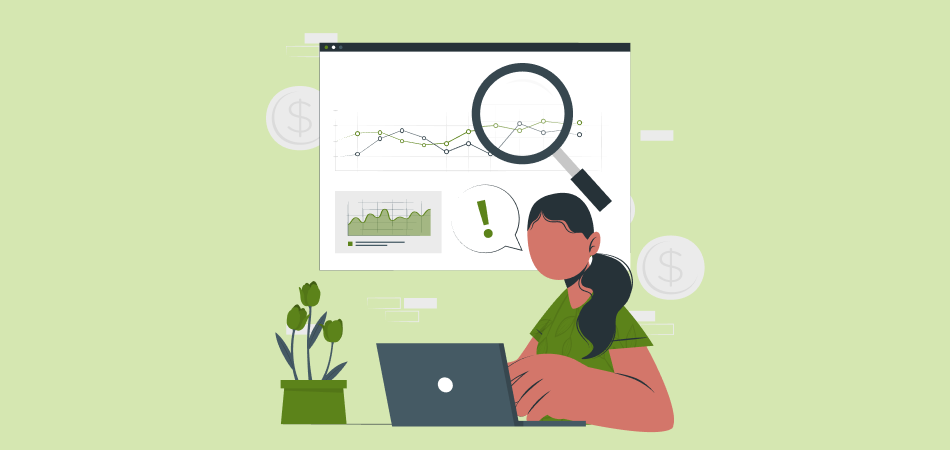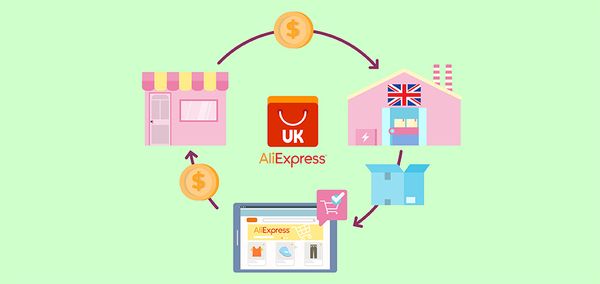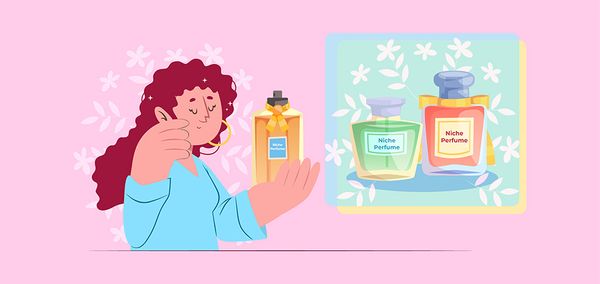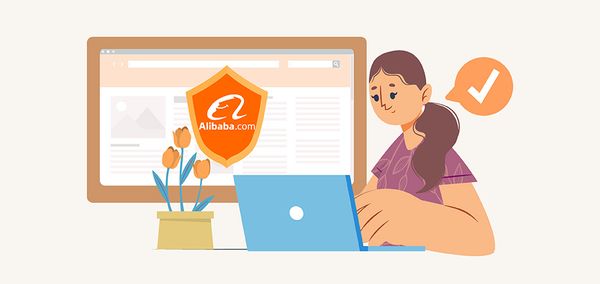What Are Dropshipping Margins? A Comprehensive Guide

Dropshipping has transformed online retail, allowing sellers to operate without storing inventory. Dropshipping margins are central to this model, representing the difference between product sale price and supplier cost. Understanding and maximizing these margins are crucial for a sustainable and growing dropshipping business.
Examining dropshipping products with high profit margin reveals their vital role in your company's success. In our exploration, we'll discuss strategies to boost these margins, ensuring your dropshipping venture flourishes.
Why Dropshipping Profit Margins Matter
For any successful online store, it is crucial to increase product prices without disturbing customers. Product prices should always be higher than production costs, but that's not all. Increasing profits requires some calculations.
Learning how to calculate your store's profit margin and net profit will help you stay informed, respond to changes in your niche, optimize your pricing strategy, and actively monitor your overhead.
First, you need a good dropshipping profit range to find the most profitable products to sell. From this, you'll be able to see what's costing you the most money (or not making enough).
Typical Fees and Expenses
Exploring dropshipping offers exciting possibilities and some costs you need to know about. Let's break down the usual fees and expenses so you can understand what to expect and plan your finances accordingly.
Store Setup
Starting a dropshipping store offers many choices, but two stand out: Shopify and WooCommerce. Shopify is easy to use, with plans like the Basic one costing $25 a month. On the other hand, WooCommerce is free if you have a WordPress website, but it needs more tech skills.
If you're new to dropshipping, Shopify might be better because it's simpler to set up. With Bluehost hosting at $2.95 a month, you get an affordable foundation for your store, though you need to pay for the whole year upfront. These options make it easier for anyone to start their own dropshipping business.
Ads Budget
Advertising is crucial for a dropshipping business to succeed because it helps your products get noticed online. But more than just putting them out there is needed; they need to grab people's attention and spread across platforms like TikTok and Instagram. These platforms offer great exposure opportunities, but there's a challenge: you can only add direct links to posts if you pay for ads, which can be challenging for dropshipping entrepreneurs.
However, advertising in dropshipping is tricky. There needs to be a one-size-fits-all strategy for where to spend your marketing money. Real-life experiences show how unpredictable advertising can be. For example, spending a lot on a Facebook ad only sometimes leads to sales. It's not that ads don't work, but advertising in dropshipping is complex. Each ad campaign is like an experiment that needs constant adjusting to connect with potential customers.
Product Pricing and Shipping
Dropshipping may seem like a hassle-free way to sell products, but it still comes with financial responsibilities. Even though you don't hold inventory, you'll need money to buy products from suppliers and cover fees like shipping costs. Imagine selling a product for $3.59 each, and you get 10 orders in one day. You'll need $35 on hand to process these orders quickly.

|
Pre-set the Best Shipping Methods DSers Shipping Settings - Pre-select your favorite shipping method to save money and time |
Predicting exactly how much money you'll need for products and shipping can take time and effort. To avoid financial stress, keeping your credit card ready for unexpected expenses is a good idea. This ensures you can fulfill orders smoothly without any disruptions to your business.
Key Terms for Profit Margins
Learning the terms and formulas for dropshipping products with high profit margin is crucial for e-commerce success. Whether new to dropshipping or experienced, mastering these basics for your business.
Average Order Value
Understanding the average order value (AOV) is crucial for businesses—it shows how much customers spend on average in one transaction. For example, if five customers together spend $261.79, the AOV is $52.36. As entrepreneurs, we aim to increase this number because a higher AOV means more revenue for the business.
To boost the AOV, businesses can bundle products to offer customers package deals. Although this might mean making less profit on each sale, it can significantly increase overall revenue. Another strategy is to encourage customers to spend more by suggesting additional products during checkout, like suggesting a matching accessory for the item they're buying.
Conversion Rates
Conversion rate (CVR) measures the number of people who buy something and see an ad. It's like checking if your ads are working. For example, if 1,000 people see an ad and 100 buy something, the conversion rate is 10%. A higher conversion rate means your ads are doing better.
Understanding CVR helps you know if your ads are effective. You calculate it by seeing how many people buy something from those who see the ad. A good conversion rate is around 2.5% to 3%. This tells you whether your ads convince people to buy what you're selling. More people are buying if your conversion rate will buy, which is good for your business.
Customer Acquisition Cost (CAC)
Customer Acquisition Cost (CAC) is the amount of money you spend on ads to get one customer. If your CAC is high, like $14.29, it means you're not getting enough customers for the money you're spending on ads. This hurts your profits because if your Average Order Value (AOV) is lower than your CAC, you're losing money.
So, the goal is to lower your CAC and make sure your AOV is higher than your CAC. For example, if you spend $100 on ads and 1,000 people buy from you, your CAC is only $0.1. If your AOV is $10, you're paying just a little to get a lot of revenue. This helps your business make more profit and grow in the long run.
Gross Profit Margin
Understanding your gross profit is key to knowing how much money you're making after covering the cost of the product. This helps you figure out your markup, which shows how much extra you're charging compared to what you paid. The Gross Profit Margin formula breaks it down even more, giving you a percentage that tells you how much your revenue is actual profit. So, for example, if you sell something for $50 that cost you $15, your profit margin would be $35.
But here's the thing: no magic number for profit margins works for everyone since every business has its own features, so what works for one might not work for another. That's why figuring out what profit margin makes sense for your situation is crucial. This ensures your business stays healthy and can keep running smoothly.
Net Profit Margin
Net profit margin, a crucial metric, reveals how much profit you make after covering all expenses. It's calculated by dividing your net profit by total revenue and multiplying by 100. For instance, if your total revenue is $100 and expenses amount to $65, your net profit margin would be 35%. The higher this margin, the better for your business—you're keeping more of your revenue as profit.

|
Adapt Your Product Prices Automatically DSers Automatic Pricing - Pre-set Pricing Rule to mark-up your product price automatically |
Increasing your net profit margin ensures your dropshipping business remains profitable. You can boost this margin over time by managing expenses efficiently and maximizing revenue. Ultimately, healthy dropshipping products with high profit margin signifies your business's ability to thrive in the competitive e-commerce landscape, making it a key metric for any entrepreneur to monitor and improve upon.
Boost Dropshipping Profit Margins
By implementing effective tactics to optimize costs, streamline operations, and maximize revenue, you can unlock new avenues for growth and success in your dropshipping business.
Minimize Customer Acquisition Costs
In simple terms, customer acquisition cost (CAC) represents how much money you spend to get each new customer. Suppose you spent $500 on ads, bringing in 50 customers, making your CAC $10 per customer. But here's the catch: if a customer only spends $20, you're left with just $10 profit after accounting for the money spent on acquiring them. So, to boost profits, you need to find ways to lower your CAC, like spending less on ads or making them more effective.
Slashing your CAC means getting more bang for your buck in advertising. If, for the same $500 spent on ads, you attract 200 customers instead of just 50, your CAC drops to $2.5 per customer. With each customer spending $20, your profit per customer jumps to $17.5. That's the power of maximizing your advertising efficiency—it's not just about getting customers but about getting them in a way that maximizes your profits.
Boost Average Order Value
Increasing your store's Average Order Value (AOV) means getting customers to spend more money when they buy from you. One smart way to do this is by bundling products and offering them at a special price. For example, instead of buying one shirt for $25, customers might buy three shirts together for $80. This can make customers spend more money each time they buy from you.
When you bundle products, you can make more profit without lowering prices. For instance, if you sell ten shirts individually, you might make $100 in total profit. But if you sell ten bundles of shirts, you could make $300 in total profit. This shows that bundling can help you make more money from each sale. Plus, it can save you money on shipping and handling, making your business run more smoothly and profitably.

|
Place Orders to AliExpress In Seconds DSers Bulk Order - Place 100s of orders to AliExpress in a few seconds with a just few clicks |
Streamline Operating Expenses
To boost your dropshipping business, focus on cutting costs, starting with minimizing plug-in expenses. While some plug-ins are free initially, they often require monthly fees for additional features. These extras might be optional, especially for a new store. Instead, prioritize spending on advertising, which drives sales directly and fuels growth.
Trim unnecessary expenses like pricey plug-ins, especially when your business is starting. Redirect those funds towards advertising, a more impactful investment for attracting customers and boosting revenue. By keeping costs low and investing smartly, you can set your dropshipping venture on a path to success.
Final Thoughts
Understanding dropshipping products with high profit margin is essential for your online business's success. These margins show how much money you make from selling products compared to what you pay your suppliers. Knowing and improving these margins can ensure your business stays profitable and robust in a competitive market.












 Company
Company
 Why Choose DSers
Why Choose DSers
 Blog
Blog
 Help Center
Help Center




 Live Chat
Live Chat